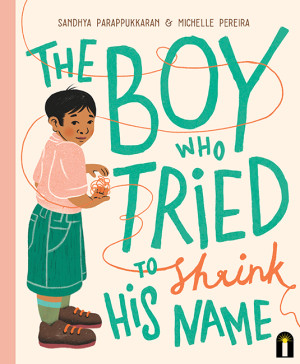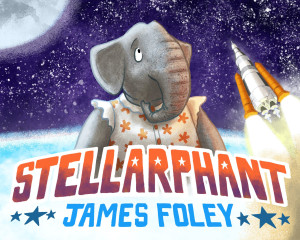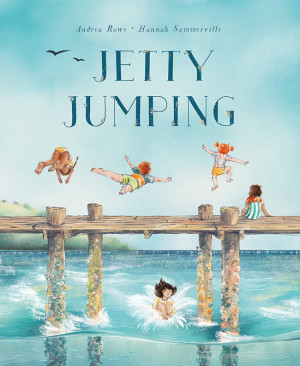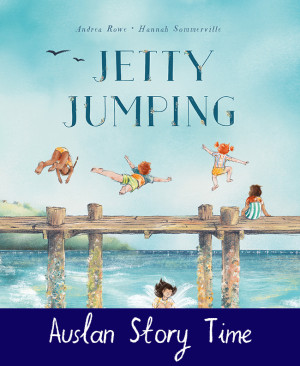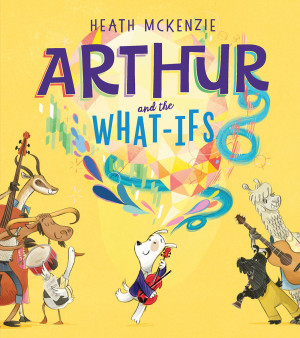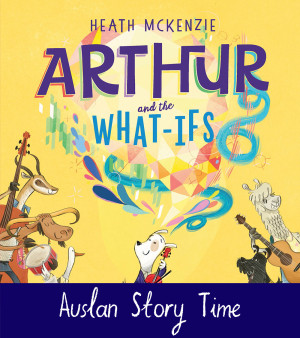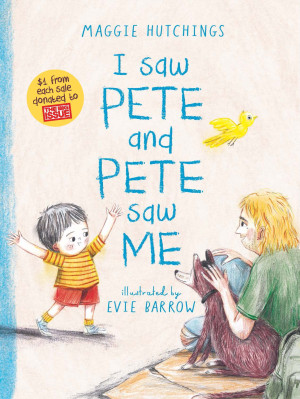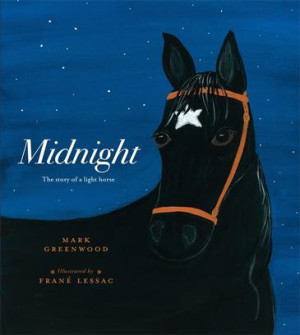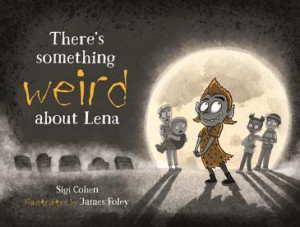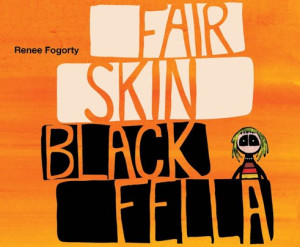

You’ll need a little bit of imagination to write a story – and you’ll also need a handful of building blocks. These things will help give your story a solid foundation, and they’ll help when you’re stuck, too! Get to know five of the most important story parts – Setting, Character, Problem, Plot and Resolution.
Video Chapters:
00:23 Meet the creators
01:17 The five main story building blocks
01:28 Setting, character, problem
03:06 Plot and resolution
04:19 Tools you can use to find story building blocks
05:33 Final words of advice
06:20 Here's what we've learned
 Learning Intentions
Learning Intentions
1. Learning about story building blocks – Setting, Character, Problem, Plot and Resolution and the role they play to help create an interesting story for readers.
SUCCESS CRITERIA:
1. Recognised and identified the five main story building blocks – Setting, Character, Problem, Plot and Resolution – in an existing story.
2. Explained how these elements contribute to creating a story that engages readers.
 Discussion Questions
Discussion Questions
PRE-VIDEO:
- What are some things that every story needs?
- What do you think happens if a story is missing one of these things? For example, what happens if a story is missing a character? Or a setting?
- When you are inventing a story, which part do you usually begin with? Which part do you find tricky?
POST VIDEO:
- George talks about finding a SETTING first. Then he finds a CHARACTER, then a PROBLEM that fits that CHARACTER and SETTING. George explained why he thought each of these three parts was important. Do you remember the reasons he gave?
- What do you think is the benefit of starting your story planning with a SETTING?
- Do you think you could also start with one of the other story parts? How might that work for you?
- Nova talks about PLOT, and describes it as being shaped a bit like a mountain.
- Why does she describe a story plot this way?
- What is on the other side of the mountain? What happens in a story RESOLUTION?
 Curriculum Links
Curriculum Links
Australian Curriculum V9.0 Links
ENGLISH Y3-4
Language:
● Text structure and organisation: AC9E3LA03, AC9E4LA03
Literature:
● Examining literature: AC9E3LE03, AC9E4LE03
● Creating literature: AC9E3LE05, AC9E4LE05
Literacy:
● Analysing, interpreting and evaluating: AC9E3LY03, AC9E4LY03, AC9E3LY05,
AC9E4LY05
● Creating texts: AC9E3LY06, AC9E4LY08
GENERAL CAPABILITIES
LITERACY
Writing:
● Creating texts: Crafting ideas Level 5-6
Reading and Viewing:
● Understanding texts: Comprehension Level 5-6
CREATIVE AND CRITICAL THINKING
Generating:
● Create possibilities: Level 3








